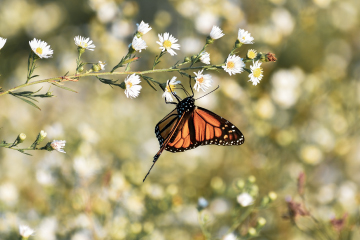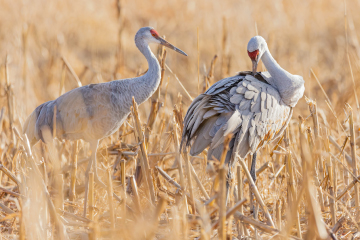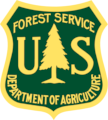Hultine and Wilkins Improved Grazing Infrastructure
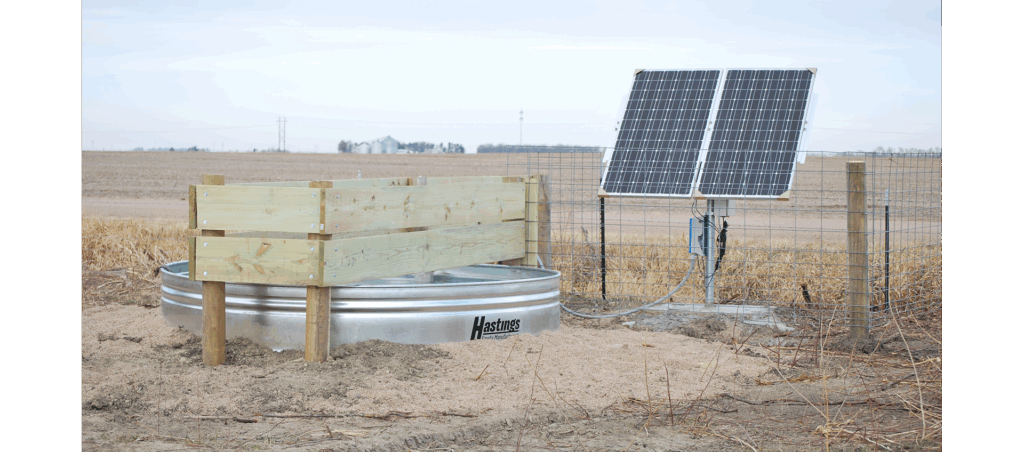 In the Rainwater Basin Wetland Complex, 90% of the wetland footprints have been drained, with only 20% of wetland acres continuing to exhibit some level of wetland function (pond water grow hydrophytic vegetation). Despite this staggering loss of habitat an estimated 8.6 million waterfowl continue to rely on this region during spring migration. With the limited habitat, it is important to maximize the quality of habitat on these acres.
In the Rainwater Basin Wetland Complex, 90% of the wetland footprints have been drained, with only 20% of wetland acres continuing to exhibit some level of wetland function (pond water grow hydrophytic vegetation). Despite this staggering loss of habitat an estimated 8.6 million waterfowl continue to rely on this region during spring migration. With the limited habitat, it is important to maximize the quality of habitat on these acres.
Grazing in playa wetlands has become an important management tool. Research from the University of Nebraska found high intensity grazing done in the early summer can increase seed production of annual moist soil plant communities and decrease stands of undesirable perennial plant communities.
Public wetlands in the RWB provide upwards of 50% of the flooded habitat during spring migration under average climatic conditions. The U.S. Fish and Wildlife Service manages 63 Waterfowl Production Areas. These sites account for roughly 66% of the public lands. Two of the larger Waterfowl Production Areas in the Eastern Rainwater Basin are Wilkins and Hultine. These two properties contain more than 1,040 acres of wetlands and in excess of 545 acres of associated uplands.
Managing against invasive species, like reed canary grass, can be problematic at these sites. To more effectively use grazing as a management tool new livestock watering facilities have been installed.
Before deciding on well and tank quantities and locations, RWBJV staff and the USFWS station manager developed an adaptive grazing plan that supports multiple different grazing strategies for each site that will support different stocking rates, timing and duration to promote native moist soil vegetation communities and manage against invasive species (i.e. cattail, river bulrush and reed canary grass).
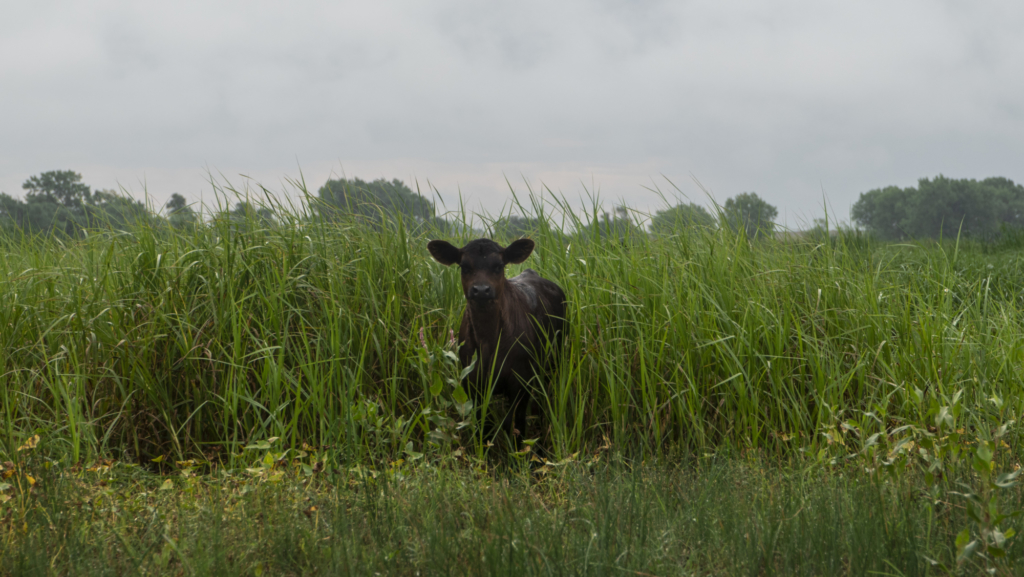
At Wilkins Waterfowl Production Area, a solar well was installed in the northwest corner of the property that feeds two livestock watering locations on either side of the road, each containing three tanks. In the northeast corner there was an existing solar well. A pipeline was trenched from this well underneath the county road to fill two tanks on the east section of the property. Previously, the east side of the road did not have access to livestock water.
At Hultine Waterfowl Production Area an electric well was drilled in the southern section of the property to feed three tanks. Another electric well was installed in the northwest section to feed two livestock water locations on either side of the road, each containing three tanks.
This new infrastructure will allow prescribed grazing to be implemented in a manner to promote desired vegetation communities. Funding ($132,000) for this infrastructure was provided by a North American Wetland Conservation Act (NAWCA) grant awarded to Ducks Unlimited and funds from a Nebraska Environmental Trust grant awarded to the RWBJV.
